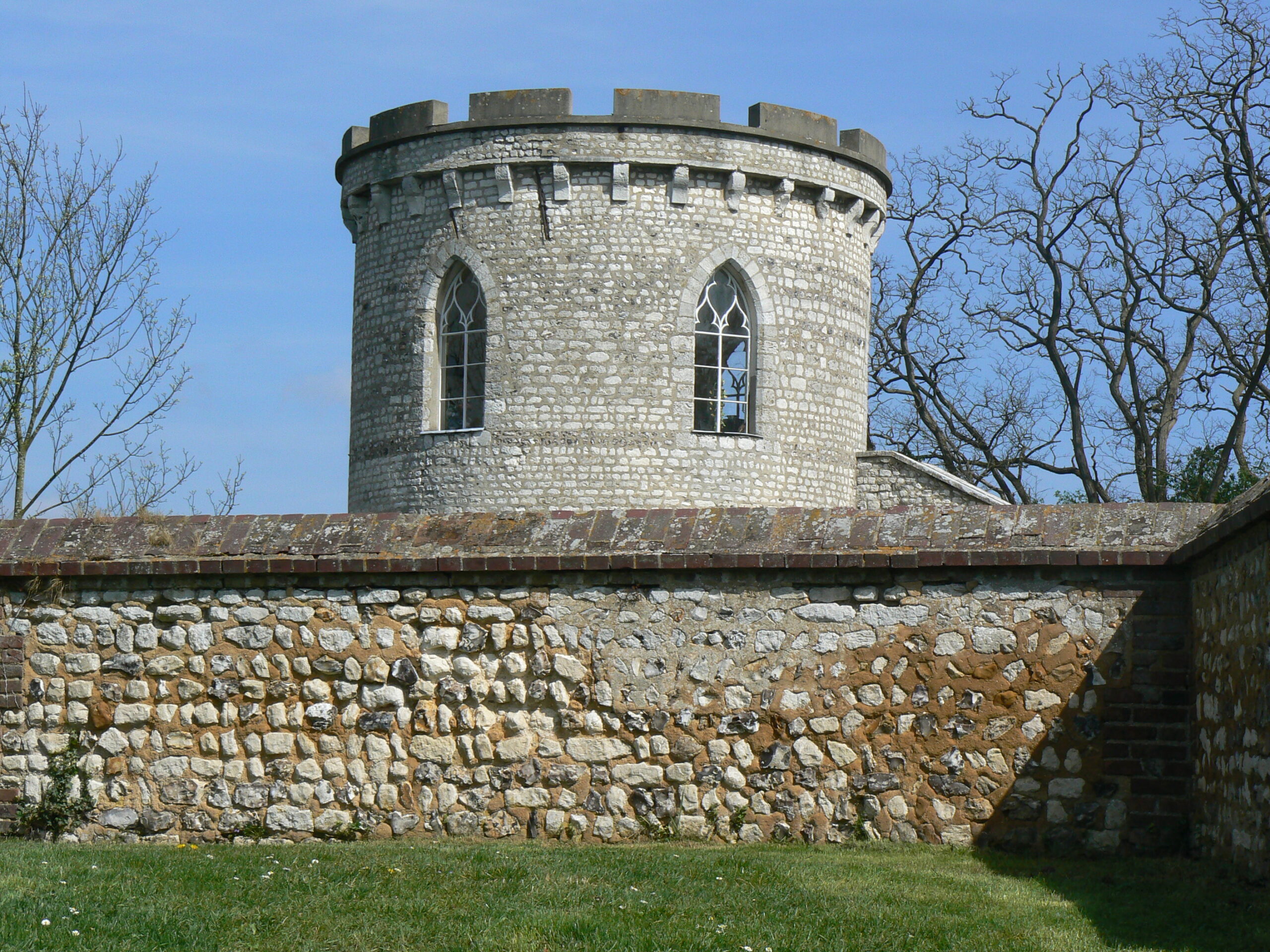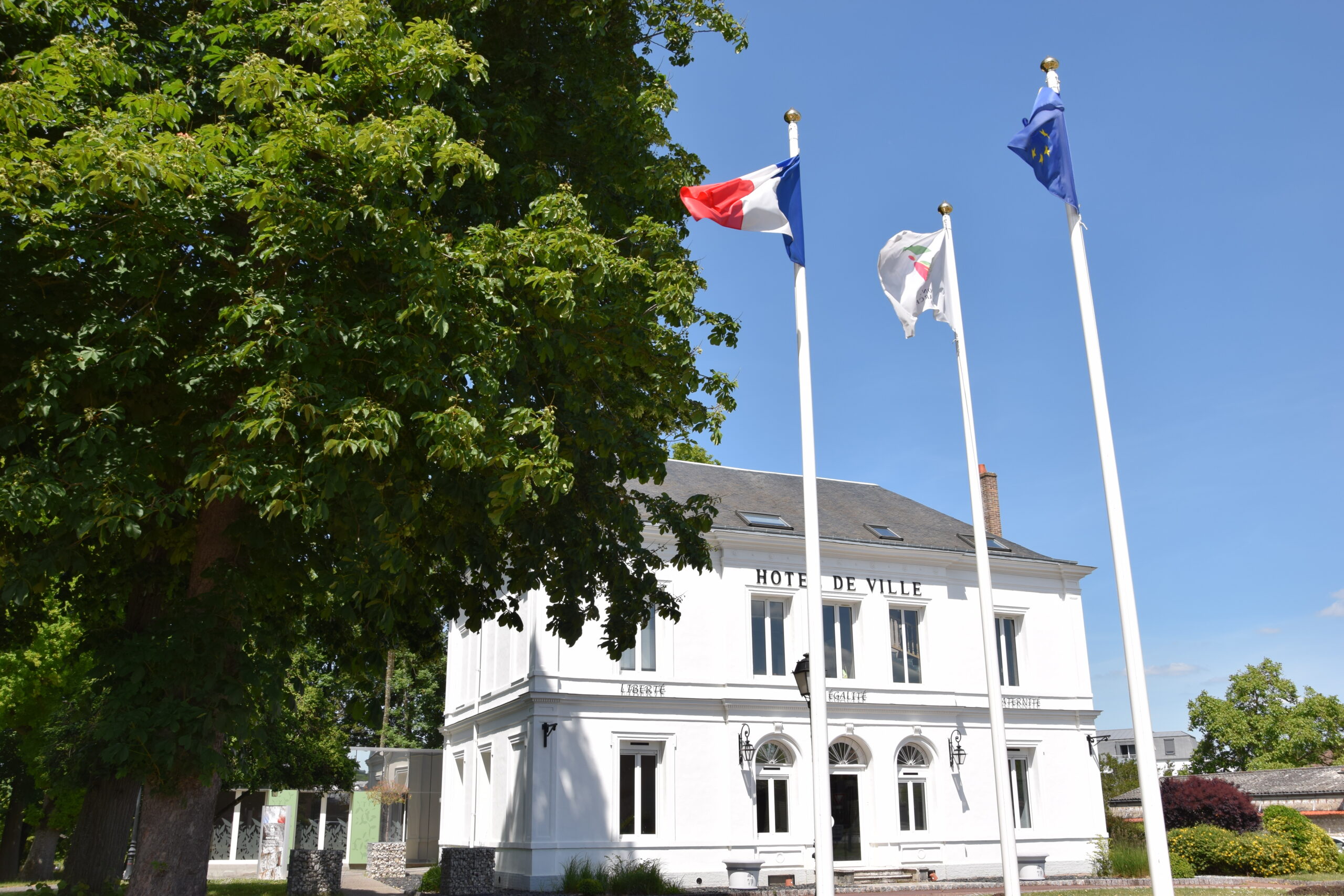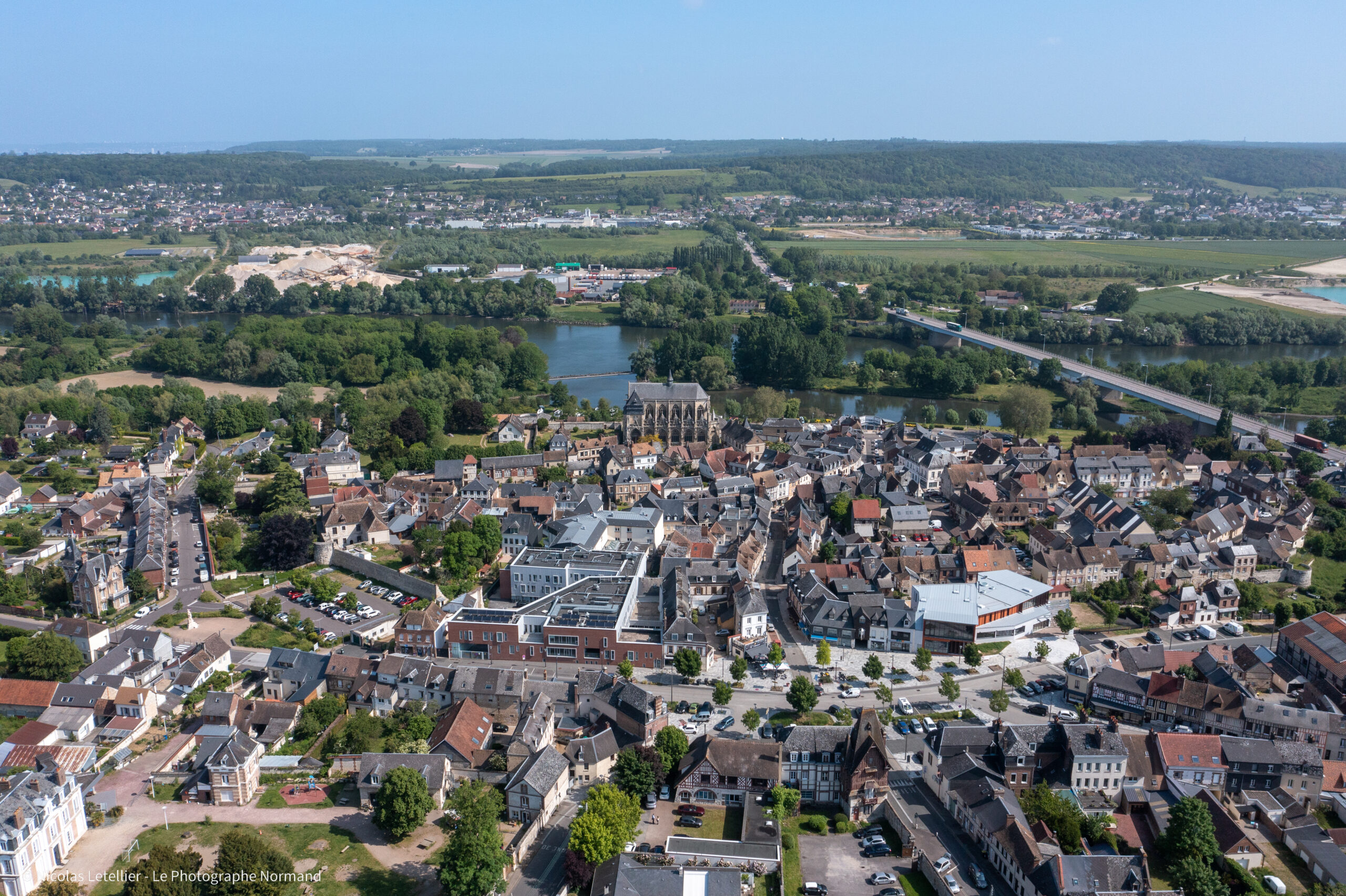History
de Pont de l’Arche
The town of Pont de l'Arche was founded following the construction of military fortifications on the territory of the village of Les Damps. Starting in 862, a wooden bridge was built across the Seine, protected by two forts on either side of the river. The construction of these defenses, which marked the reign of Charles II, known as the Bald, was decided and formalized at the Pîtres pleids. Around 869, the bridge and the two forts appear to have been completed.
Photo : Nicolas Letellier / Le Photographe Normand
City of heritage
Just take a stroll through the narrow streets and you'll be convinced! Stroll through the Middle Ages and Renaissance, past timber-framed facades and remnants of ramparts.
The city's ramparts were built of wood during the reign of Charles the Bald (9th century). However, the parts visible today were built during the reign of Richard the Lionheart, who reinforced the Seine fortifications around 1195-1196 and, above all, by Philippe Auguste when he took control of Normandy (1204). It was then that he made Pont de l'Arche his main residence in Normandy. It was not until the 18th century that the ramparts began to be dismantled. Their remains were ceded to the town by the King in 1779.
The most beautiful remains

Photo : André Roques / Photographe
Among the most beautiful remains :
- The Tour de Crosne (only the lower part is period: the upper part is a fine late 19th-century Romantic reconstruction)
- Church towers along the banks of the Eure River
- The posterns near the bridge
- Louise Tower and the old moat along Boulevard de la Marne
- The hospice tower
- The tower and rampart of the bailiwick
A rich industrial heritage
Since the 18th century, Pont de l'Arche and a number of communes have been a regional hub for the manufacture of slippers and shoes, from the first slippers sewn from sheet scraps, to the major modern industries of the 20th century.
As a result, the Pont de l'Arche region has acquired a reputation that extends beyond Normandy, and has enabled some twenty factories to coexist for many decades in the same area.
The Town Hall

Pont-de-l'Arche's Town Hall occupied the convent of the Penitents during the revolutionary period (1789-1792), then the Bailliage.
In 1968, it moved into its current building, a former bourgeois house on the outskirts of the town, built around 1877 by Joseph Charles Alexandre Delafeurière.
